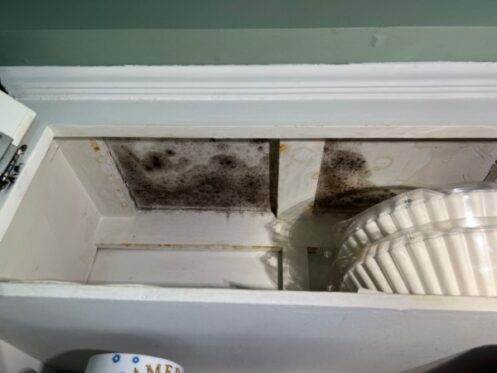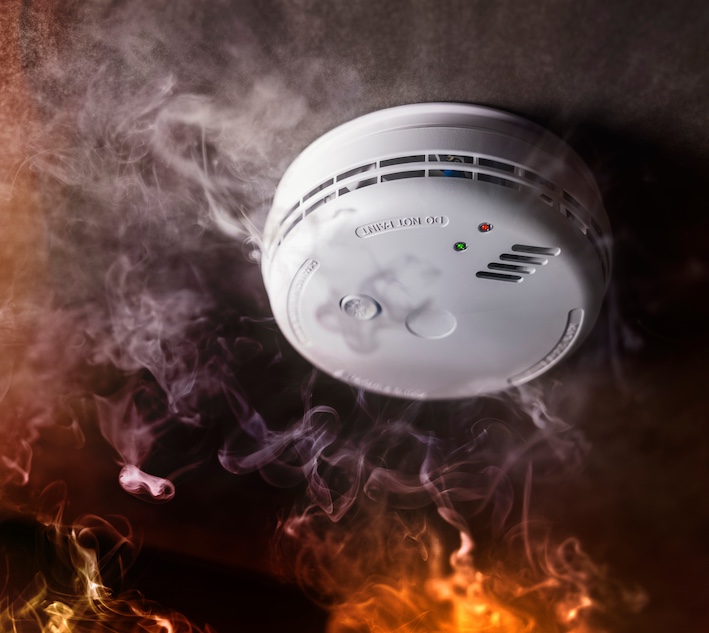National Healthy Homes Month is a campaign created by the U.S. Department of Housing and Urban Development. The goal of the HUD campaign is to promote awareness of health hazards that exist in many homes, and which are particularly problematic in low-income communities. The Office of Lead Hazard Control and Healthy Homes oversees the effort, and each year, the OLHCHH chooses a different theme for the campaign. For 2022, the theme is “a healthy home at any age.”
NHHM June 2022: A Healthy Home at Any Age
The U.S. Environmental Protection Agency warns that indoor air pollution is among the top health risks facing Americans. A core goal for this NHHM is to spread awareness about these environmental hazards, which extend beyond poor air quality to risks like lead and radon poisoning. It is concerning, for instance, that many Americans are unaware that radon, which is a leading cause of lung cancer, can occur naturally and without warning in a home. Therefore, radon levels must be tested every two years per the EPA recommendation. Determining the best ways to get this information out to as many Americans as possible is central to what the NHHM is all about.
#NHHMchat: Twitter Chat
A central component of the month-long campaign is the #NHHMchat Twitter chat that takes place on Wednesday, June 22, from 3:00 p.m. to 4:00 p.m. ET. Those who wish to participate can register, and registered participants will receive the chat questions in advance. You can also view the chat live without registration, and as with all previous NHHM Twitter chats, the chat history will be available immediately after the chat ends. There are three key areas of focus for the chat:
- Raising awareness about home assessments
- Discussing resources for residents and communities
- Encouraging strategic partnerships to effect change
Raise Awareness on Home Assessments and Their Health Impact
The National Center for Healthy Housing is a nonprofit organization focused on healthy housing for Americans, and the NCHH is the group that hosts the Twitter chat. The NCHH provides significant research and data to federal, state, and local government agencies that help shape policies and programs. This year, the focus is on home assessments and the various tools provided by the Centers for Disease Control and Prevention to evaluate risk within a home environment.
Discuss Resources for Residents and Others
Another area of focus for the NCHH is making resources available to Americans and spreading awareness about these resources. Through its National Radon Program Services partnership with Kansas State University, the EPA has collaborated with most states to provide residents with free radon testing kits. Supplies are limited, but in most cases, those supplies have not been exhausted since most people are unaware that they even have this free resource available to them.
Encourage Partnerships and Policies to Promote Healthy Homes
While NHHM is an opportunity to draw widespread attention to the effort, this is a year-round endeavor for HUD and other organizations. A core goal throughout the year is to develop strategic partnerships with businesses, local governments, communities, and other organizations to promote healthy homes and lead poisoning prevention. There are also efforts throughout the year to encourage regulatory action and policies, and NHHM is a chance to discuss the policy ideas, practices, and data that will motivate change. There are seven key areas of focus:
- Asthma
- Allergies
- Carbon Monoxide
- Home Safety
- Integrated Pest Management
- Lead
- Radon
Asthma
It is estimated that one in 15 Americans suffers from asthma, a lung disease. Of this estimate, at least 62% of all cases are allergic asthma. While allergic asthma is not curable, many people can be mostly symptom-free by eliminating the triggers from their home environment. There are also treatments available that can substantially reduce symptoms during those periods of the year when your symptoms are most problematic.
Allergies
Many asthma triggers create allergic reactions in people who do not have asthma, and allergy symptoms can range from mild and occasional to severe and frequent. Control of pollutants and contaminants in the home is integral to avoiding symptoms or at least decreasing their intensity. Dust and dust mites should be the primary focus for most residents, but other notable household triggers include pet dander, mold, smoke, and pests.
Carbon Monoxide
Carbon monoxide is a poisonous gas that you cannot see, smell, or taste, and there are more than 500 deaths due to carbon monoxide in the U.S. each year. The most common cause of carbon monoxide poisoning in the U.S. is gas-burning appliances, including furnaces, water heaters, and stoves. That is why most states require a carbon monoxide detector to be installed alongside such appliances.
Home Safety
HUD and its partner organizations also provide resources that help people be safe in their homes. There is guidance on how many smoke and carbon monoxide detectors a home should have and where they should be placed. Residents also have access to resources that teach them how to read labels and know which products to bring into the home and which products to avoid.
Integrated Pest Management
Cockroaches, rodents, and weeds as well as the chemicals used to control them are a serious health risk for Americans. IPM is a collection of methods for preventing and controlling these pests in a manner that is safe for the residents and their pets. HUD makes a wide range of resources available that help residents choose products that are both effective and safe.
Lead
In 1978, the U.S. banned the use of lead-based paint for residential use. But it remains quite prevalent in homes built prior to that year and often exists under many layers of new paint, which is a health risk for young children. In fact, it is recommended that families who live in older homes have their child’s blood tested at ages one to two years and through age six, depending on the age and condition of the home.
Radon
Radon is a radioactive gas that you cannot see, smell, or taste. It is present in all 50 states and can seep up from the ground into a home. The concerning aspect of radon is that a home that is radon free is not guaranteed to remain that way, which is why the EPA recommends testing every two years. Radon is among the leading causes of lung cancer in the U.S. and second only behind smoking.
Contact Us
Pur360 is proud to participate in National Healthy Homes Month, and our company specializes in residential and commercial sanitization services. We’re locally owned and operated in Chicago but also have locations in Atlanta, Dallas, Houston, Milwaukee, Orlando, Tampa, and more. Our core services include mold testing, mold eradication, odor removal, and ultraviolet sanitization. Ancillary services we offer include painting, carpet removal and disposal, and drywall removal and repair. Whether you need more information about National Healthy Homes Month or need information about our other services, our skilled staff can help. Call Pur360 today or contact us online to schedule an appointment for service.



